Discover London
On DiscoverLondon you can find…
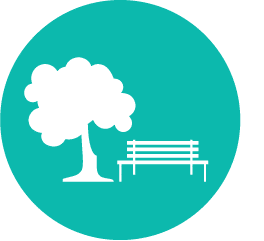
Use this map to find publically accessible open spaces you might want to visit, from commons, community gardens and Country Parks to public woodlands, recreation grounds and village greens.
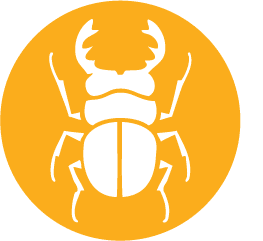
Sites of Importance for Nature (SINCs), also known as Local Wildlife Sites, contain London’s best wildlife habitat. Discover what you can find in London’s accessible wildlife sites using this map.

From London’s major rivers and catchments to the results of water quality surveys and river restoration projects, use this map to explore London’s waterways.
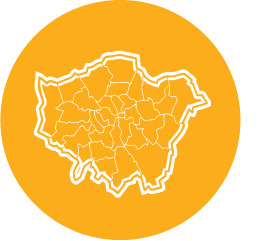
This map lets you see the different ways that London’s landscapes have been classified, from National Character Areas and London Wildlife Trust Living Landscape to RSPB Futurescapes.
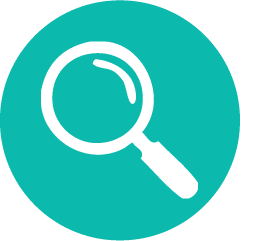
With information provided by the Metropolitan Police Wildlife Crime Unit, use this map to learn about wildlife crime across London.

There are many ways you can get involved in recording nature in your area. Use this map as a starting point to find out what help might be available where you are, from London Natural History Society (LNHS) recording areas to London Boroughs and Vice Counties.

Use this map to find ‘Hotspot’ areas that indicate a detected presence of sensitive biodiversity that could potentially be affected by development.
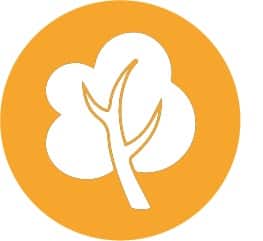
This map shows areas that have potential for woodland creation or woodland feature creation within London.
